38 information found on food labels
Understanding Ingredients on Food Labels - American Heart Association There are many terms used for sugar on food labels. You might see sugar listed as the fourth ingredient in a product and think it's not so bad. But sugar can also be listed as high-fructose corn syrup or corn syrup, agave nectar, barley malt syrup or dehydrated cane juice, to name just a few. Read more about sugar and sweeteners. How To Read Food and Beverage Labels - National Institute on Aging Although frozen and canned fruits and vegetables have food labels, fresh varieties often do not. You can find nutrition information for fresh vegetables and fruits on the USDA website. Or you can call the U.S. Department of Agriculture's Food and Nutrition Information Center at 301-504-5414. Understanding percent Daily Value (% DV)
Six reasons why food labelling is important Here are six reasons why food labelling is important: 1. Keep healthy - Labels help you to understand the composition of your food: its vitamins, minerals, calories, fats, etc. This information is fundamental in ensuring that you are eating the kinds of food that are good for you. With labels, you can monitor your intake of micronutrients to ...
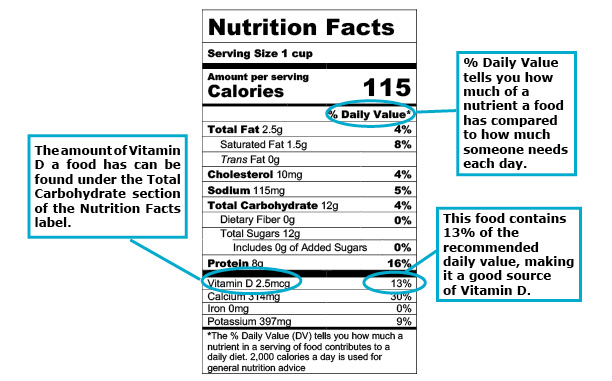
Information found on food labels
Understanding Food Labels - Nutrition: Science and Everyday Application ... The serving size of the food is the amount that is customarily eaten at one time, and all of the nutrition information on the label is based on one serving of the food. ... as found in the DRI. 3. Most DVs are based on amounts for people age 4 years through adult, though there are DVs established for infants, toddlers, and pregnant and ... What information is on a food label? | - From Hunger To Hope What are the eight bits of information on food labels? The quantity of nutrients in the food is listed on the nutrition information panel, which includes: vigour (kilojoules or calories) protein. fat. fat that has become saturated. carbohydrate. sugars. sulfate (salt). People often inquire about how to read a food label. Food Labels (for Teens) - Nemours KidsHealth The information on food labels is based on an average adult diet of 2,000 calories per day. The actual number of calories and nutrients that kids need will depend on their age, weight, gender, and level of physical activity. (For more guidance, check out the USDA's MyPlate .) Fat Total fat shows how much fat is in a single serving of food.
Information found on food labels. What kind of information do food labels provide? - Sage-Advices What types of information can be found on food labels? Serving Information. When looking at the Nutrition Facts label,first take a look at the number of servings in the package (servings per container) and the serving size. Calories. Calories provide a measure of how much energy you get from a serving of this food. Nutrients. Food Labeling Basics - Food Quality & Safety Food manufacturers with $10 million or more in annual sales will need to use the new label design by July 26, 2018; smaller manufacturers will have an additional year to comply. The ingredients statement must follow the Nutrition Facts Panel and must list all of the ingredients in the product in descending order of predominance by weight. What's on the Nutrition Facts Label | UNL Food Under the carbohydrates section, the new label includes total sugars, added sugars, and fiber. Although total sugar and fiber have always been on the nutrition label, confusion about sugar content has been added to better show where the sugar is coming from. In foods like dairy and fruit, sugar is naturally occurring in a food. Key Elements of a Food Label To Know | Food Labeling Info Although the FDA doesn't test the nutrition of every food product, you must report accurate information on your label. Below is a list of information that should be on your product's Principal Display Panel (the area most likely to be seen by consumers) in order to comply with labeling regulations: Food ingredients Minerals Caloric value
Food labels - Better Health Channel Under labelling laws introduced in Australia in 2003, virtually all manufactured foods must carry an NIP. There are exceptions to the labelling requirements, such as: very small packages and foods like herbs, spices, salt, tea and coffee single ingredient foods (such as fresh fruit and vegetables, water and vinegar) food sold at fundraising events Food Labels 101 - Penn Medicine A sodium level of 140 mg or less on the nutrition facts label is considered low sodium. This is an essential number to look for when reading the label. Total Carbohydrates - Fiber and Sugar Foods high in fiber can be beneficial to a healthy diet, as fiber helps manage blood sugar levels and can lower cholesterol. Food labels - NHS These labels provide information on the number of grams of fat, saturated fat, sugars and salt, and the amount of energy (in kJ and kcal) in a serving or portion of the food. But be aware that the manufacturer's idea of a portion may be different from yours. Some front-of-pack nutrition labels also provide information about reference intakes. About food labels - Canada.ca By law, most packaged food must be labelled with: a nutrition facts table, which gives you information on: serving size calories nutrients percent daily values (% DV) an ingredient list, which lists all the ingredients in a food by weight this begins with the ingredient that weighs the most and ends with the ingredient that weighs the least
Information Required on a Food Label: What to Know - The Label Link The informational panel includes areas of your label. This includes: The nutrition facts Name and address of the packer, manufacturer and/or distributor including street address, city or town, state, country (if outside the USA) and zip code. Ingredient list Allergy labeling. Each of these are vital for the consumer to read. Food labels & nutritional information | Raising Children Network The nutritional information on food labels helps you work out how healthy a food is. But keep in mind that some of the healthiest foods can be unlabelled - fresh fruit and vegetables, wholegrain breads, nuts, lentils, beans, fresh lean meats and fish. Ingredients on food labels In Australia, food manufacturers must be truthful on their food labels. How to Understand and Use the Nutrition Facts Label | FDA Dietary fiber, vitamin D, calcium, iron ad potassium are nutrients on the label that Americans generally do not get the recommended amount of. They are identified as nutrients to get more of.... Nutrition Labels 101: What's Required? What's Optional? - Medallion Labs Serving sizes and servings per package are arguably the most important part of a nutrition label, since all nutrition fact information is based on the particular serving size. ... Trans fat is most often found in oils that have been processed using a method called partial hydrogenation. 5 The FDA has used "trans fatty acids" and "trans ...
Learn How the Nutrition Facts Label Can Help You Improve Your Health The label is required on all packaged foods made in the United States and imported from other countries. The US Food and Drug Administration (FDA) issued regulations in 2016 to update the Nutrition Facts label. This was the first major change to the label since it was introduced in 1994. Most items had the updated label by January 1, 2021.
The Basics of the Nutrition Facts Label - Academy of Nutrition and ... Low is 5% or less. Aim low in saturated fat, trans fat, cholesterol and sodium. High is 20% or more. Aim high in vitamins, minerals and dietary fiber. Low calorie: 40 calories or less per serving. Low cholesterol: 20 milligrams or less and 2 grams or less of saturated fat per serving. Reduced: At least 25% less of the specified nutrient or ...
Understanding Food Labels | The Nutrition Source | Harvard T.H. Chan ... The FDA has approved 12 health claims on food labels such as the relationship between calcium and osteoporosis; sodium and hypertension; fiber-containing grains, fruits and vegetables and cancer; and folic acid and neural tube defects.
Reading Food Labels (for Parents) - Nemours KidsHealth A food with 5% or less of a nutrient is low in that nutrient. A food with 10%-19% of a nutrient is a good source of that nutrient. A food with 20% or more of a nutrient is high in that nutrient. The information on food labels is based on an average diet of 2,000 calories per day.
How to understand food labels | Eat For Health The Nutrition information panel on a food label offers the simplest and easiest way to choose foods with less saturated fat, salt (sodium), added sugars and kilojoules, and more fibre. It can also be used to decide how large one serve of a food group choice or discretionary food would be and whether it's worth the kilojoules.
Use food labels - Canada's Food Guide Benefits of using food labels. Food labels provide information you can use to make informed choices about foods and drinks at the grocery store and at home. Food labels can help you: compare and choose products more easily. know what ingredients a food product contains. choose products with a little or a lot of the nutrients that are of ...
5 Basic Elements that MUST be on Your Food Label Sugar, fat, and sodium content. Calorie counts and serving size. Freshness. Organic. GMOs. If they can't find what they're looking for or don't understand the label, they'll buy something else. In that same study, researchers learned people are more willing to buy a product if it's clearly labeled as 'healthy.'.
What is required on a food label? - USDA A meat and poultry label is required to contain 8 features. These are: the product name, inspection legend and est. number, handling statement, net weight statement, ingredients statement, address line, nutrition facts, and safe handling instructions. These requirements are found in the Code of Federal Regulations (9CFR 317.2/381 Subpart N).
Food Labeling & Nutrition | FDA Food labeling is required for most prepared foods, such as breads, cereals, canned and frozen foods, snacks, desserts, drinks, etc. Nutrition labeling for raw produce (fruits and vegetables)...
The Importance of Reading the Food Label and Nutritional Facts The Importance of Reading Food Labels This information does two things: The Basics of Reading a Nutrition Label 1. Serving Size 2. Calories per Serving 3. Percent Daily Values 4. Nutrient Contents 5. Vitamins & Minerals 6. Ingredient List Putting it All Together Reading food labels makes a big difference when it comes to your family's health.
Food Labels | CDC - Centers for Disease Control and Prevention If you eat the whole thing, you are eating 8 times the amount of calories, carbs, fat, etc., shown on the label. Total Carbohydrate shows you types of carbs in the food, including sugar and fiber. Choose foods with more fiber, vitamins, and minerals. Choose foods with lower calories, saturated fat, sodium, and added sugars. Avoid trans fat.
Food Labels | Nutrition.gov Food labels can help you make healthy choices when buying food in grocery stores or restaurants. Labeling Organic Products USDA, Agricultural Marketing Service, National Organic Program Learn about organic foods, requirements, and how they are labeled. Calories on the Menu HHS, Food and Drug Administration
Food Labels (for Teens) - Nemours KidsHealth The information on food labels is based on an average adult diet of 2,000 calories per day. The actual number of calories and nutrients that kids need will depend on their age, weight, gender, and level of physical activity. (For more guidance, check out the USDA's MyPlate .) Fat Total fat shows how much fat is in a single serving of food.
What information is on a food label? | - From Hunger To Hope What are the eight bits of information on food labels? The quantity of nutrients in the food is listed on the nutrition information panel, which includes: vigour (kilojoules or calories) protein. fat. fat that has become saturated. carbohydrate. sugars. sulfate (salt). People often inquire about how to read a food label.
Understanding Food Labels - Nutrition: Science and Everyday Application ... The serving size of the food is the amount that is customarily eaten at one time, and all of the nutrition information on the label is based on one serving of the food. ... as found in the DRI. 3. Most DVs are based on amounts for people age 4 years through adult, though there are DVs established for infants, toddlers, and pregnant and ...



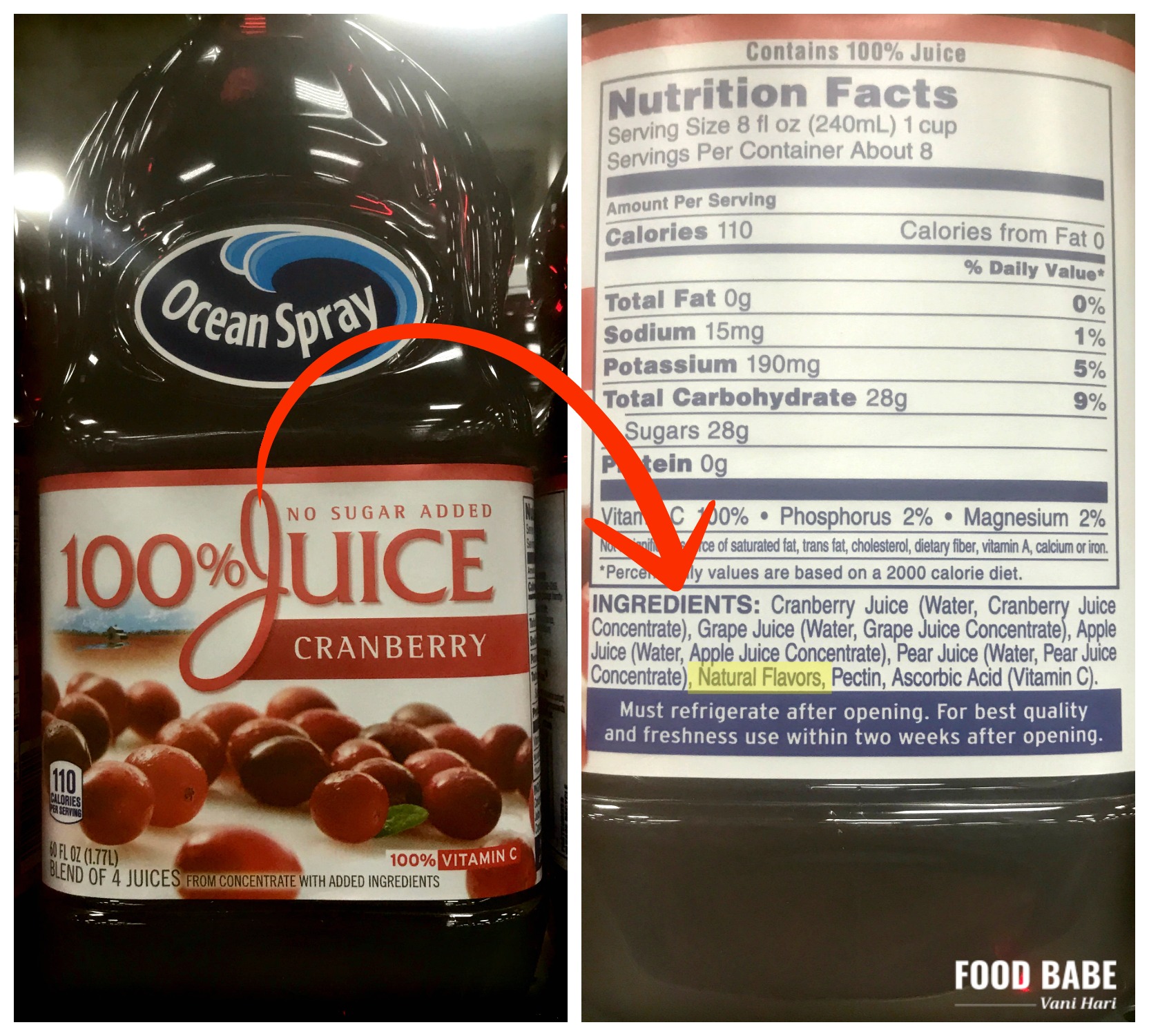





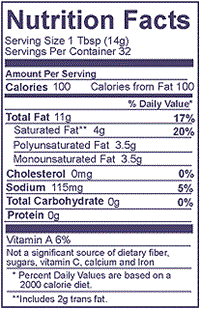



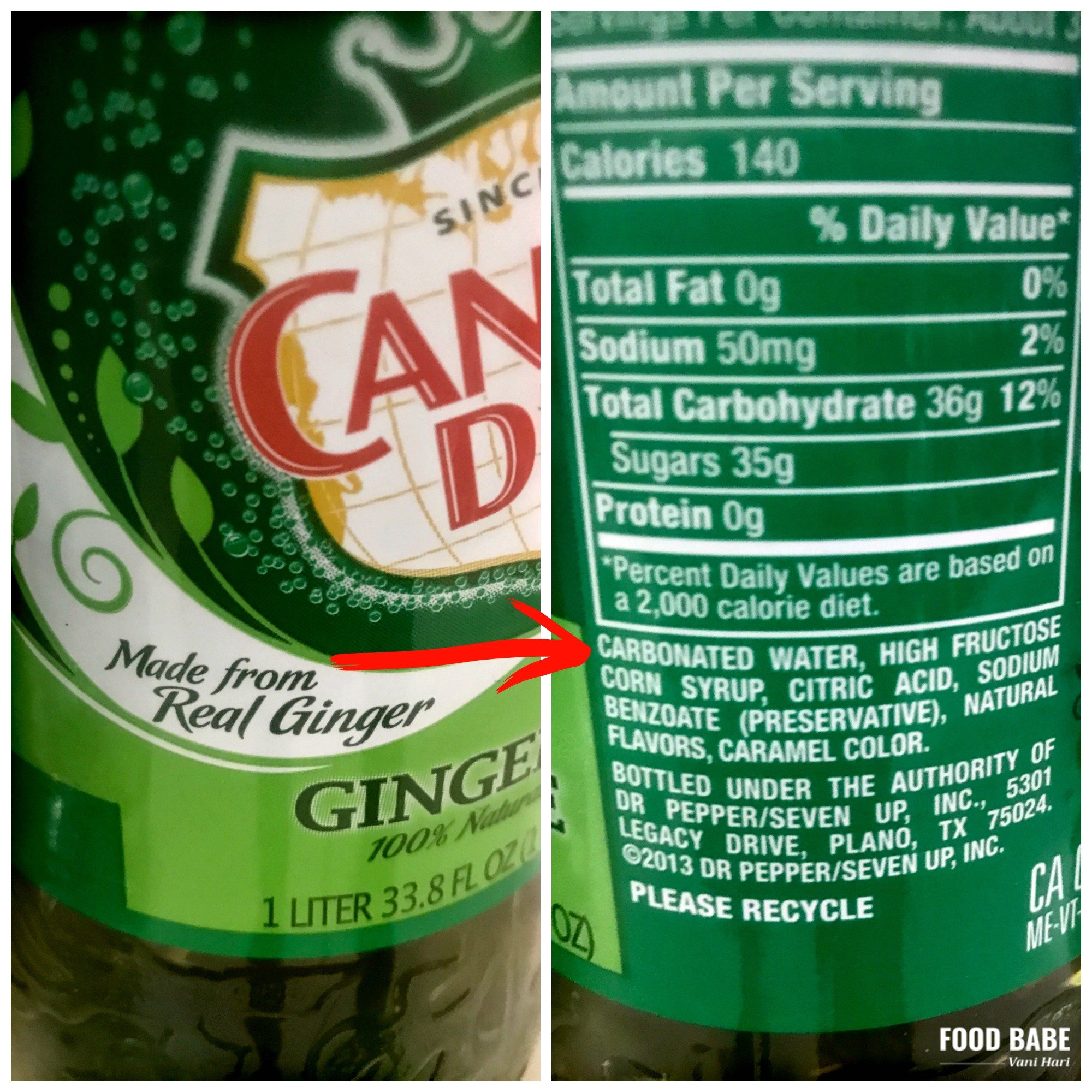
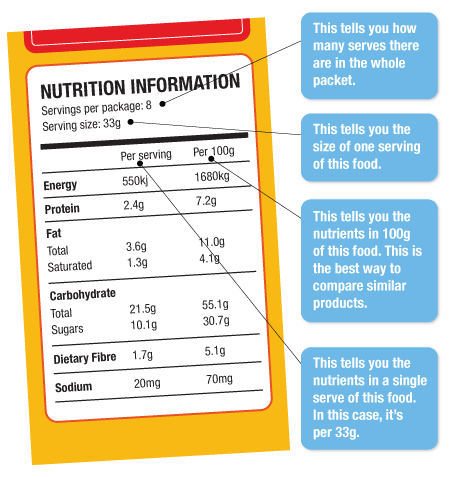


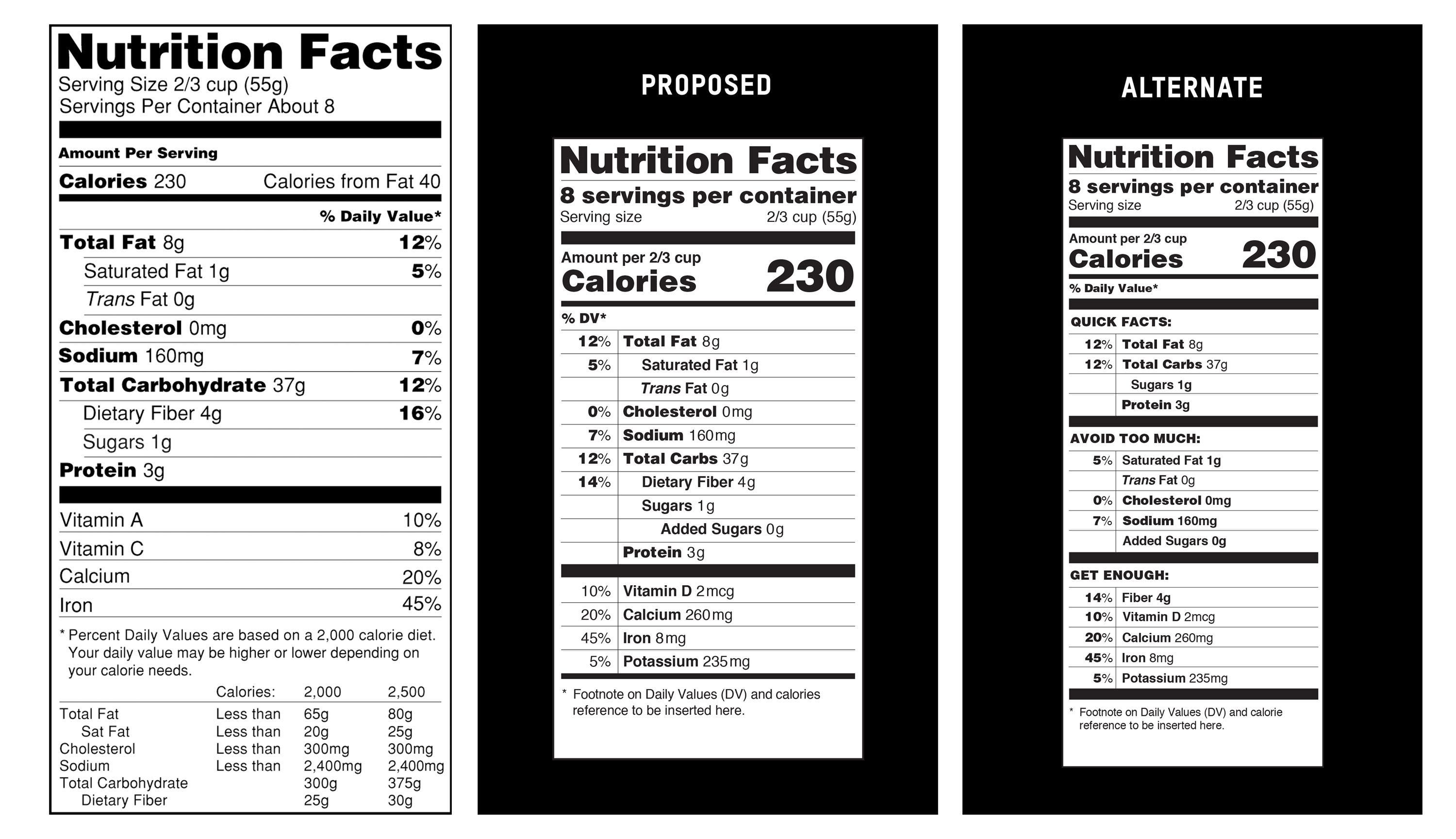


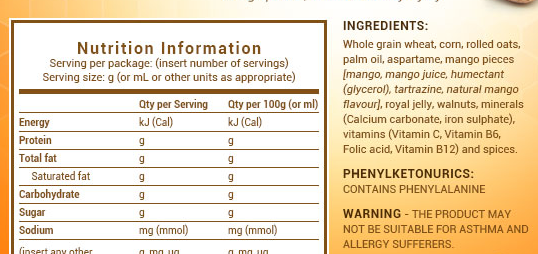




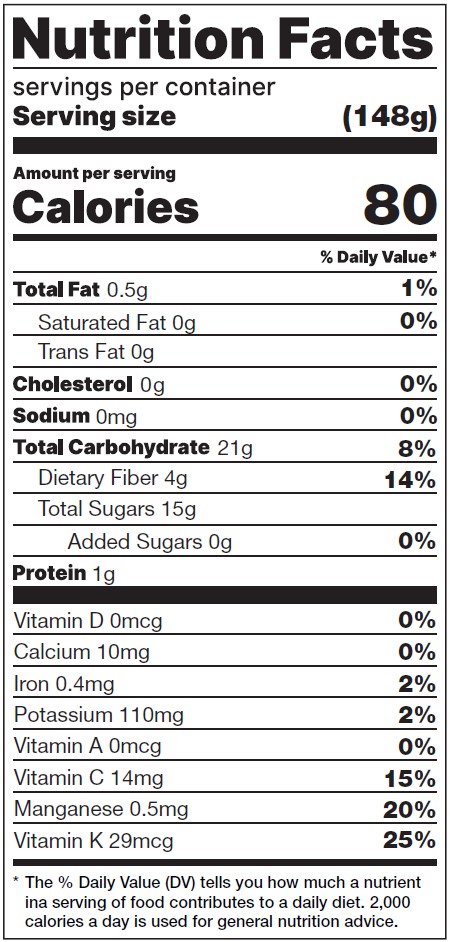
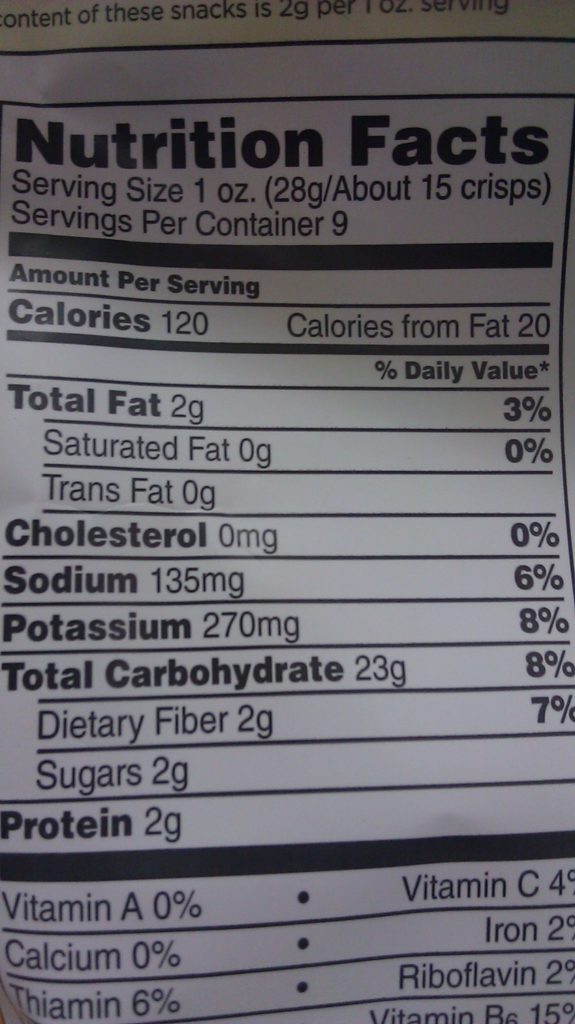
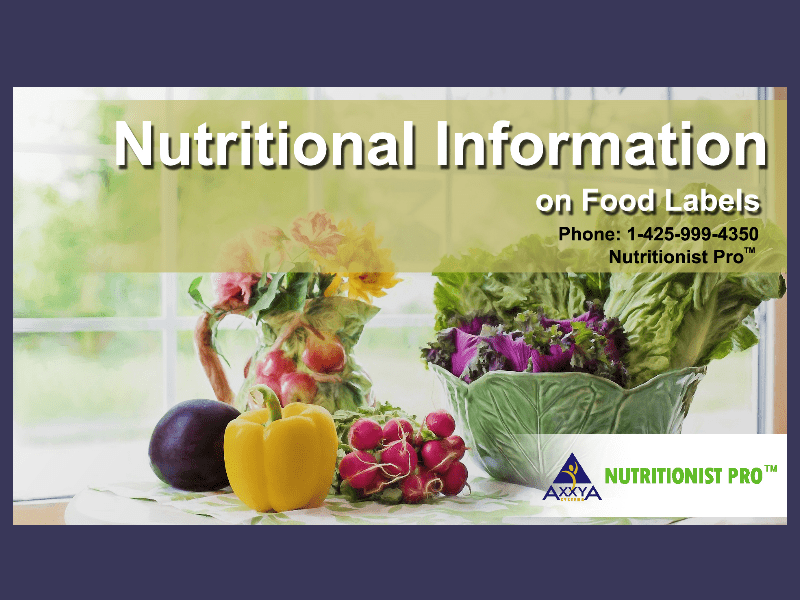
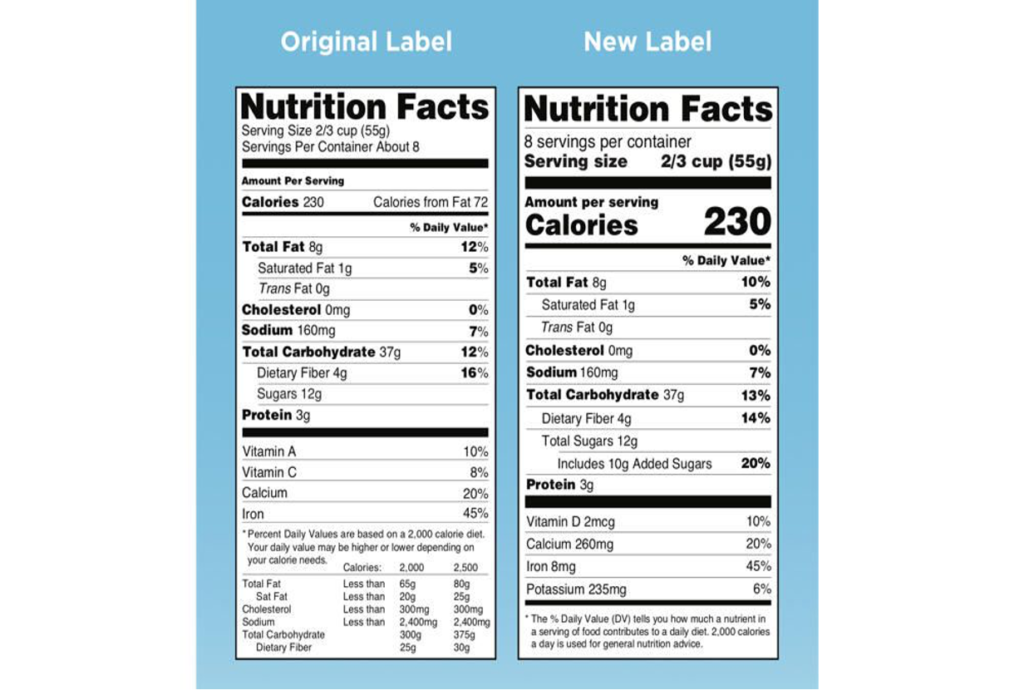



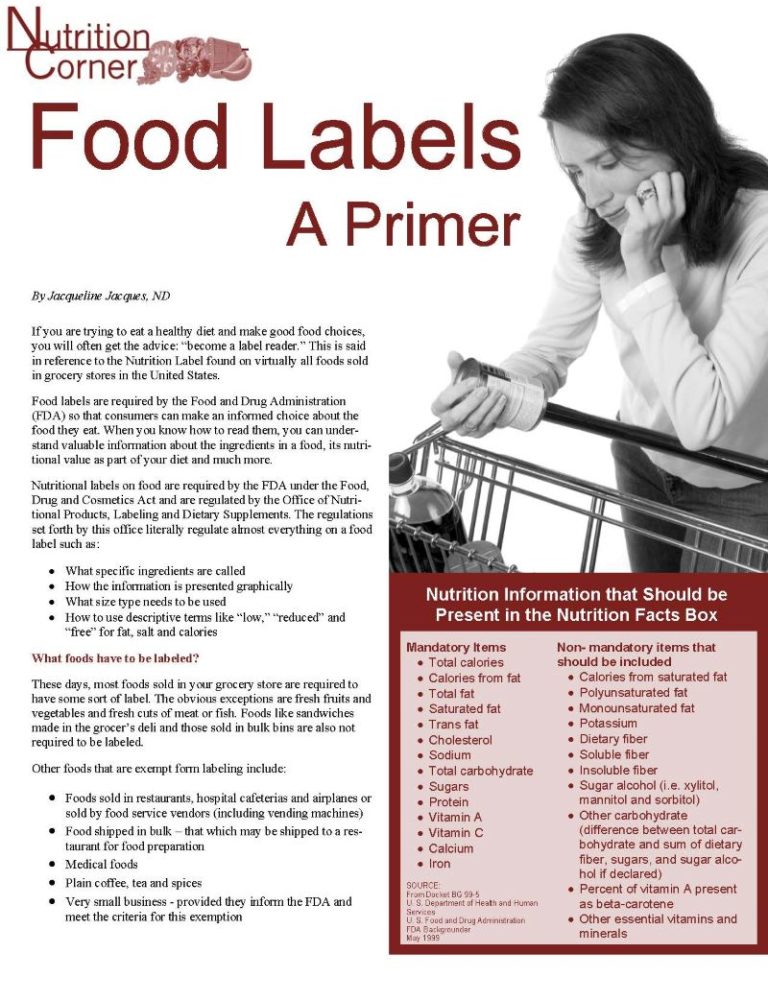


Post a Comment for "38 information found on food labels"